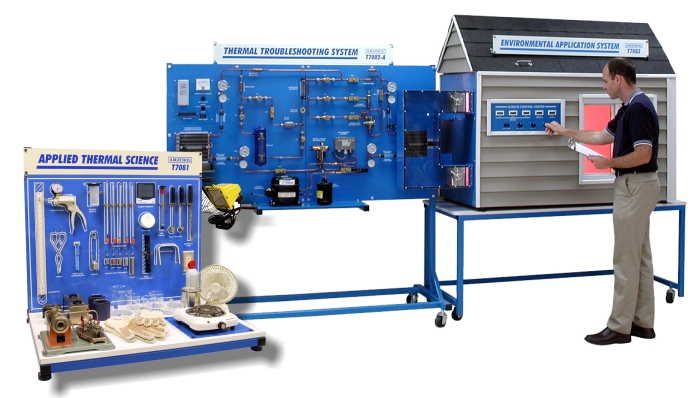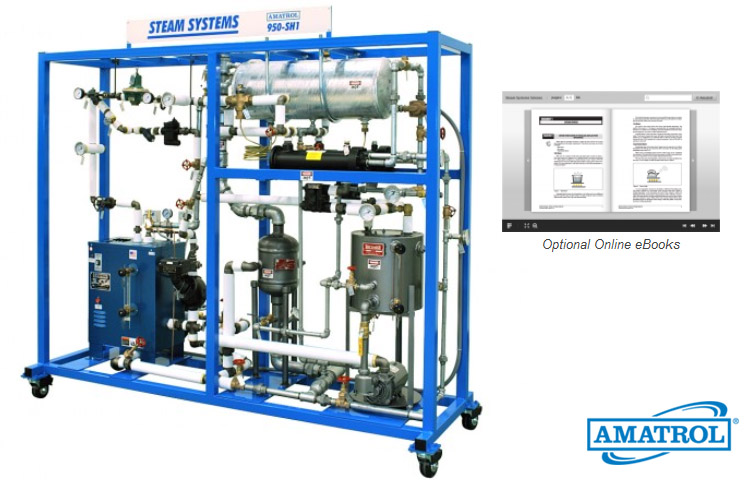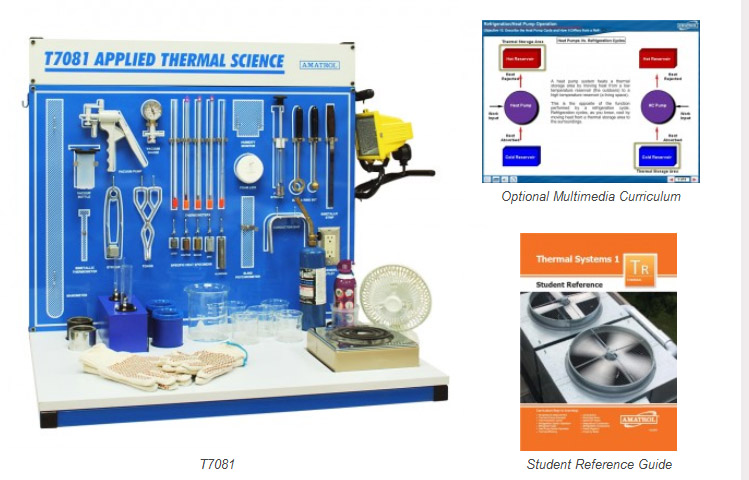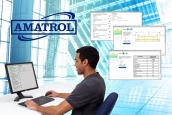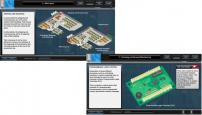Amatrol Workforce Training: Oil & Gas Maintenance
Offering unmatched depth and breadth of training, Amatrol’s Oil and Gas Program builds industry-relevant competencies using world-class simulators featuring industry-standard components and highly interactive curriculum. The Oil and Gas Program covers vital areas such as electrical, electronics, instrumentation and process control, and mechanical training.

